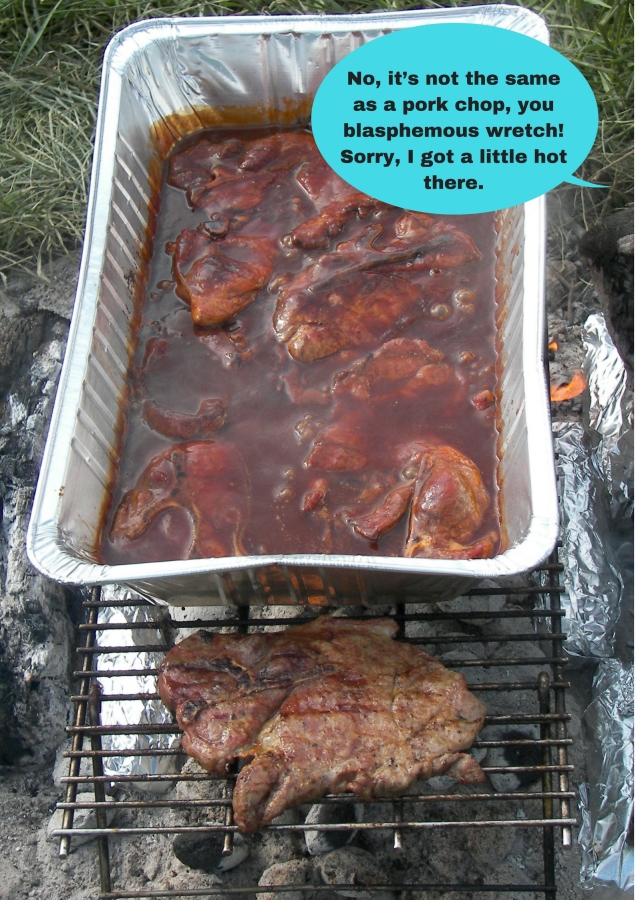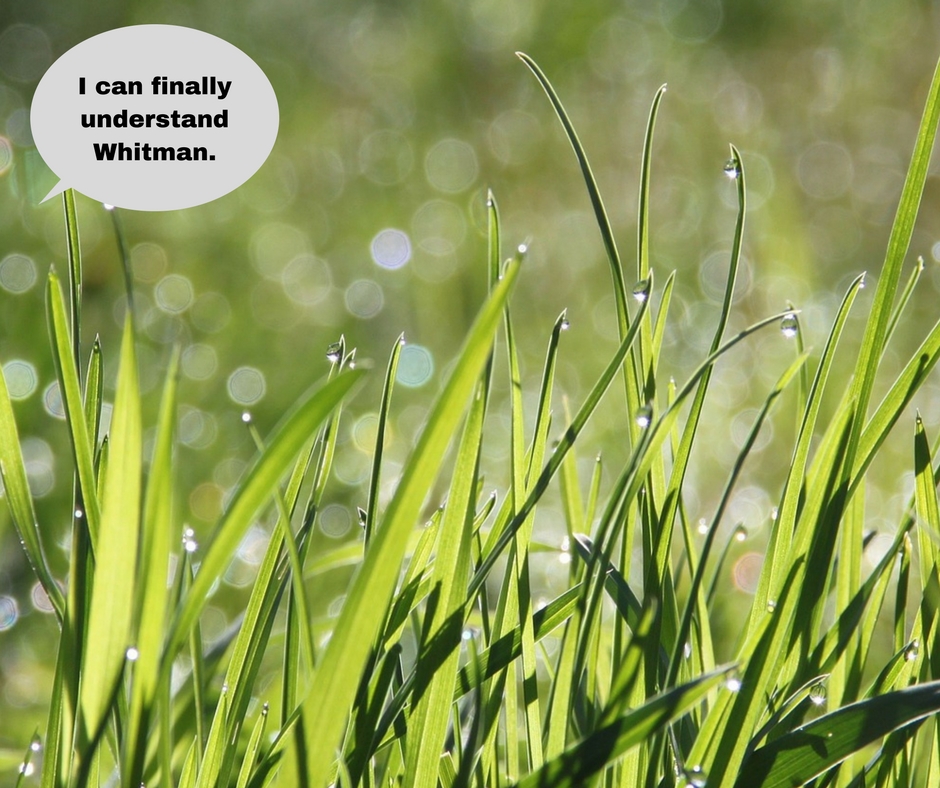On the west coast of Taiwan, just north of Taichung City, there is a place called Gaomei where the setting sun takes all but an inch of water with it out to sea.
There, you can take off your shoes and socks and walk into the wetland, feeling the wet clay work its way up between your toes before becoming dry and flaky on the tops of your feet, like late-summer skin.
To the south, giant windmills rise like modern monolithic reminders that society lies somewhere beyond this natural canvas that the sky has been painting for millennia. The winds drift in slowly, cooling your skin and wafting up the musky scent of the seabed.
As the sun dips toward the horizon, the world is splashed with oranges, reds, and pinks. You are drawn to it, walking farther and farther out into the color, losing any indication of where the sky stops and the wetland begins. You can reach down and touch the sky.
With any luck, you can visualize how the Gaomei Wetlands look after reading this story (scroll down for a photo).
The goal of descriptive writing is simple: get your readers to see the thing you’re describing without them having to actually see it.
Although descriptive writing is a pillar of literature, it can also be utilized in your essays to make them more interesting and memorable. So what is descriptive writing? Let’s find out, and see how you can use it to improve your essay.
What Is Descriptive Writing?
Description is to writing what a good BBQ sauce is to pork steak. You can get the job done without it, but the end product will fall far short of its potential.
Side note: If you haven’t had a pork steak, you need to get yourself to St. Louis and get your life changed.

When I was searching for examples of description in literature for this blog post, I thought of “Cathedral” by Raymond Carver. In it, a blind man visits a woman he knows, and her husband (the narrator) has a hard time with it.
The narrator is asked by the blind man to describe a cathedral that’s on TV. He doesn’t do well:
To begin with, they’re very tall…They reach way up. Up and up. Toward the sky. They’re so big, some of them, they have to have these supports. To help hold them up, so to speak.
Can you imagine this guy as a tour guide?
 Even though this is not an example of a good description, it does make me think that descriptive writing is a bit like describing an image to a blind person. Because although your readers may not be blind, they cannot see the image you’re describing.
Even though this is not an example of a good description, it does make me think that descriptive writing is a bit like describing an image to a blind person. Because although your readers may not be blind, they cannot see the image you’re describing.
Your written description must be vivid so that your readers are able to visualize the image in their minds without ever seeing it.
Carver himself does a much better job of describing the character:
We didn’t say anything for a time. He was leaning forward with his head turned at me, his right ear aimed in the direction of the set. Very disconcerting. Now and then his eyelids drooped and then they snapped open again. Now and then he put his fingers into his beard and tugged, like he was thinking about something he was hearing on the television.
I’m able to clearly visualize the scene in my head when I read this passage. And that’s what descriptive writing is all about.
If your readers are able to envision what you’re describing in your story, or essay, they will become enveloped in it and be that much more focused on your message.
How to Write Descriptively
So the goal is to transport an image to your readers’ minds. To do this, you should first imagine said image in your own mind or, if possible, look at the image.
Then start breaking that image into parts. Think about how you can describe those parts and how they form a whole. It’s also important to think about the feelings that accompany the image as this is the main thing you will be hoping to pass on to your readers.
Once you do this, it’s time to choose the right words to describe it so that your readers can imagine the same image. This is easier said than done, but you can do it.
Focus on the little details
I mentioned breaking the image into parts. We tend to see a thing as its sum instead of its parts. But if you examine a thing more deeply, those parts start to stand out.
It’s kind of like how you don’t know you need glasses until you try them.
When you write descriptively, you must see the details that add up to form the object. By pointing out these little details, you create a vivid image of the thing as a whole.
Instead of describing the man as simply listening to the TV, Carver explains that he was “leaning forward with his head turned at me, his right ear aimed in the direction of the set.” This is a much more striking image that stays with you as a reader.
Incorporate all five senses
Although your instincts will tell you to focus on how the thing looks, using all five senses in your description can make it much more memorable and vivid.
So instead of describing a tree as tall with green leaves, tell your reader about the rough texture of its bark, the birds singing from its branches, and the sour smell of its discarded leaves beneath your feet.
Use adjectives
This seems like a no-brainer. An adjective is a word used to describe a noun or pronoun. Its whole purpose is description, so obviously you should use them in descriptive writing.
However, you must be careful not to overdo it, especially with common (i.e., boring) adjectives. Try to find ones that will resonate more with your reader. For example, simply describing my nephew as “messy” doesn’t really do him justice.
This will depend on what you’re describing, but take the time to look for the adjectives that best describe the object and convey the feeling you want your reader to have.
Keep your verbs vivid
This same advice can apply to the verbs you use in your writing. Try to use more interesting verbs than the common ones you hear on a daily basis.
For example, in the passage from “Cathedral,” Carver writes that the man’s “eyelids drooped and then they snapped open again.” I find the use of drooped and snapped to be much more vivid than saying they lowered and then opened again.
Where to Use Descriptive Writing
Descriptive writing can and should be used in just about every form of writing. Being more descriptive can only help. But here are a few areas where it’s especially helpful.
Descriptive essays
Obviously. A descriptive essay requires you to describe something (an object, a person, an experience, etc.). The goal is to create a vivid image in the reader’s mind. Sound familiar?
For more information on how to write a descriptive essay, check out this post.
Sample Descriptive Essay:
Narrative essays
Narrative essays give you the chance to tell a story. But remember to do that by showing, not telling. This is almost always a personal account of something that happened in your past.
This is the closest we get to creative writing in essays. In fact, you could call this creative non-fiction. And creative writing allows and calls for a lot of descriptive writing as it’s important for your reader to visualize the story you’re telling.
Persuasive essays
Persuasive, or argumentative, essays require you to present an argument for or against something. Your goal is to persuade the reader. Descriptive writing can help.
The argument in your argumentative essay will be much more powerful if you vividly set the scene for it. People are more easily persuaded of an argument when they can visualize its effects.
Sample Persuasive Essay:

As you can see, descriptive writing is a great skill to practice and implement in your writing, whether creative or academic. It can take your writing to the next level, like good sauce on a pork steak.
If you need some feedback on how to improve your descriptions, you can send your essay to essay database.
Before I go, how well did I describe Gaomei?

Thanks for reading!


